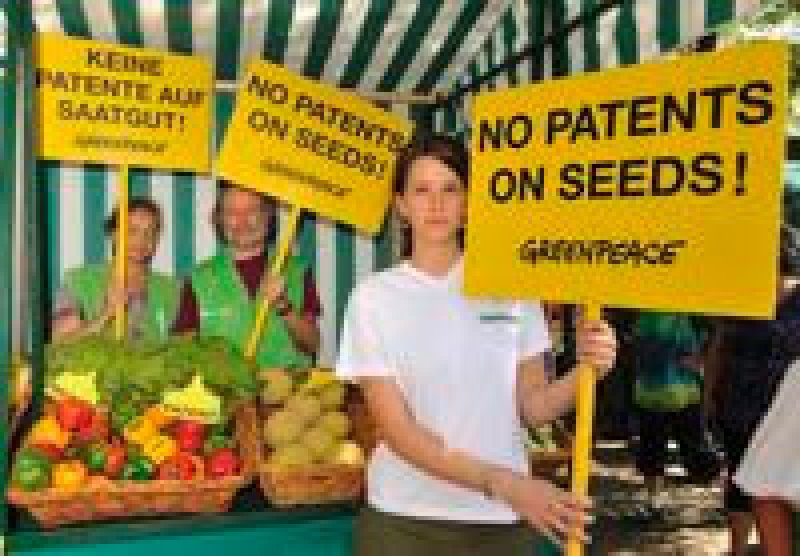A 1980 Supreme Court decision that allowed patents to be granted to living things kicked off a controversy. The basic genetic materials of the things we eat have been around, and have been tinkered with, for millennia, and the idea that a new version of one of them could earn protection that would prevent farmers from saving seed and, perhaps, give the patent holder inordinate control over our food supply has raised a number of concerns. I’m going to tackle the ones that seem to worry people most.
Christopher Holman, a law professor at the University of Missouri at Kansas City, explains that there is a de facto — not a legal — protection for basic research on patented plants.
“As a practical matter, basic researchers are never sued for patent infringement,” he says. What’s basic? “Pure science that is meant to increase our scientific knowledge base,” says Holman. Given the imprecision of the definition, and the fact that the exception isn’t a legal one anyway, this strikes me as an eye-of-the-beholder situation.
Monsanto has agreements with more than 100 universities that allow academic scientists to do independent research with no oversight (although those agreements don’t cover plant breeding).
There’s no definitive research that can tell us the percentage of farmers who can’t get a seed they want. It does happen. It happened to Todd Leake, who grows soybeans in North Dakota.
“After GM soy became available, we weren’t able to access conventional soybean seed in the Northern Plains, except for some old varieties that didn’t have good disease resistance,” he says. Among the dozen or so farmers and the corn and soy growers’ associations I’ve talked to, Leake is the exception.
The story of Big Ag forcing GMOs down the throats of unsuspecting farmers, ensuring that those farmers not only pay through the nose but also can’t save seed and thus have to pay through the nose again next year, is largely fiction. And it’s a story that lots of farmers find really irritating, because it makes them out to be dupes or patsies.
Roundup-Ready corn and soy, which can be sprayed with the herbicide glyphosate (used to kill weeds) and show no ill effects, are widely planted because farmers want them. And Monsanto has made piles of money because it developed plants that the vast majority of farmers wanted to buy. Had patent protection not existed, those companies might have focused almost exclusively on the one megacrop that farmers can’t save seed for regardless: Corn, a hybrid, doesn’t breed true. Patents ensure that crops like soy, for which farmers can save seed, also get attention.
Read full, original post: Are patents the problem?































